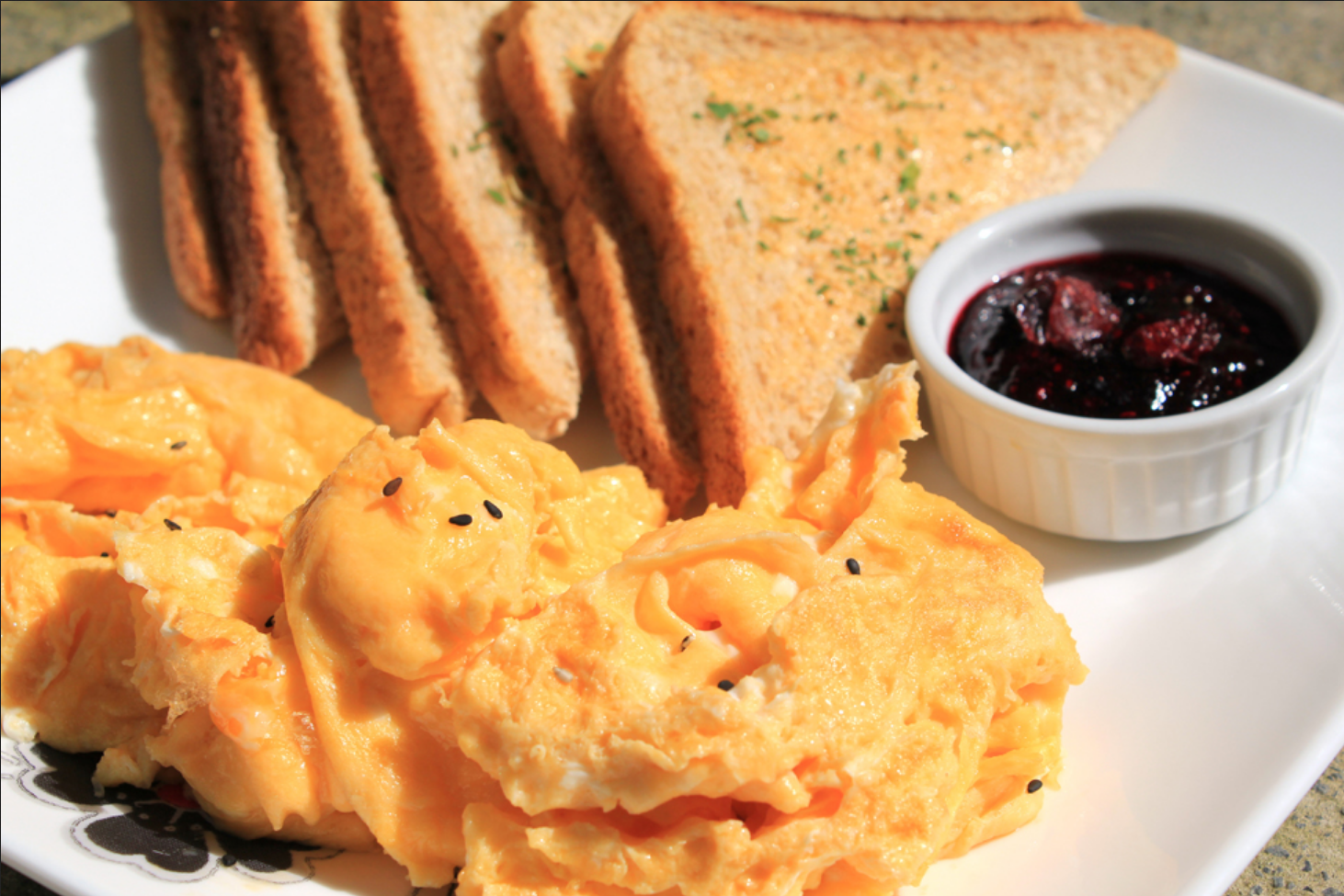Module 10: Hypothesis Testing with Two Samples (Chapter 9)
Section outline
-
 Studies often compare two groups. For example, researchers are interested in the effect aspirin has in preventing heart attacks. Over the last few years, newspapers and magazines have reported various aspirin studies involving two groups. Typically, one group is given aspirin and the other group is given a placebo. Then, the heart attack rate is studied over several years.
Studies often compare two groups. For example, researchers are interested in the effect aspirin has in preventing heart attacks. Over the last few years, newspapers and magazines have reported various aspirin studies involving two groups. Typically, one group is given aspirin and the other group is given a placebo. Then, the heart attack rate is studied over several years.There are other situations that deal with the comparison of two groups. For example, studies compare various diet and exercise programs. Politicians compare the proportion of individuals from different income brackets who might vote for them. Students are interested in whether SAT or GRE preparatory courses really help raise their scores.
You have learned to conduct hypothesis tests on single means and single proportions. You will expand upon that in this chapter. You will compare two means or two proportions to each other. The general procedure is still the same, just expanded. To compare two means or two proportions, you work with two groups. The groups are classified either as independent or matched pairs.
Independent groups consist of two samples that are independent, that is, sample values selected from one population are not related in any way to sample values selected from the other population. Matched pairs consist of two samples that are dependent. The parameter tested using matched pairs is the population mean. The parameters tested using independent groups are either population means or population proportions.
This chapter deals with the following hypothesis tests:
Independent groups (samples are independent)- Test of two population means.
- Test of two population proportions.
Matched or paired samples (samples are dependent)- Test of the two population proportions by testing one population mean of differences.
Image Caption: If you want to test a claim that involves two groups (the types of breakfasts eaten east and west of the Mississippi River) you can use a slightly different technique when conducting a hypothesis test. (credit: Chloe Lim)(Content & Image Source: Chapter 10 Introduction, Introductory Statistics, Barbara Illowsky and Susan Dean, OpenStax, CC BY 4.0 License)
Upon completion of this module, you will be able to:9.1 Two Population Means with Unknown Standard Deviations- Conduct and interpret hypothesis tests for two population means, population standard deviations unknown.
9.2 Two Population Means with Known Standard Deviations- Conduct and interpret hypothesis tests for two population means, population standard deviations known.
9.3 Comparing Two Independent Population Proportions- Conduct and interpret hypothesis tests for two population proportions
9.4 Matched or Paired Samples- Conduct and interpret hypothesis tests for matched or paired samples.
To achieve these objectives:- Read the Module 10 Introduction (see above).
- Read Sections 9.1 - 9.4 of Chapter 9: Hypothesis Testing with Two Samples in Introductory Statistics (links to each Section provided below)
- Complete the MyOpenMath Homework Assignments for the topics in the Chapter (links provided below) - These are graded!
- View the Chapter 9 Review (link provided below)
- Practice the problems in the Chapter 9 Practice and Homework, checking the solutions provided (links to each provided below)
- Submit the Chapter 9 Project: Hypothesis Testing for Two Means and Two Proportions (links to project and submission link provided below)
- Complete the MyOpenMath Quiz for Chapter 9 (link provided below) - This is graded!
- Once you complete the Quiz, upload your work in the Quiz Work Upload Assignment using the submission link below.
- Post in the Chapter 9 Q&A Discussion Forum - link provided below.
Note the check boxes to the right that help you track your progress: some are automatic, and some are manual.Module Pressbooks Resources and Activities
You will find the following resources and activities in this module at the Pressbooks website. Click on the links below to access or complete each item.
Background Colour
Font Face
Font Kerning
Font Size
Image Visibility
Letter Spacing
Line Height
Link Highlight
Text Colour
